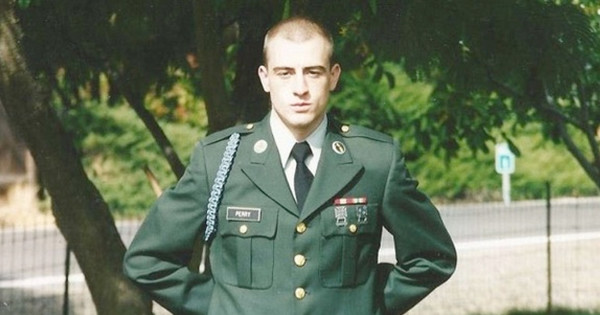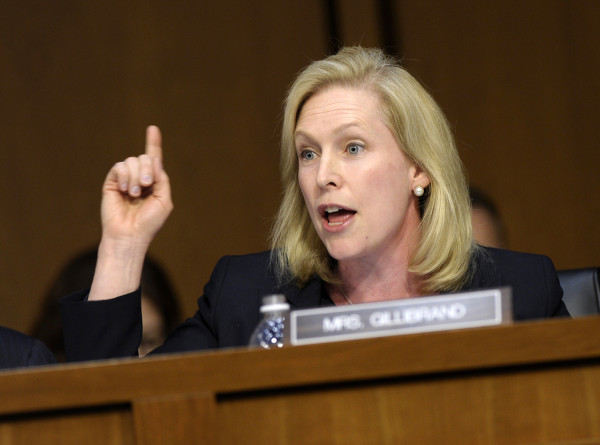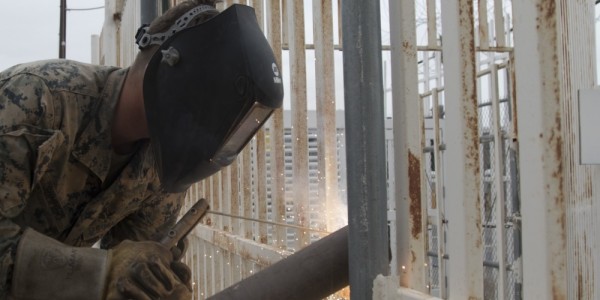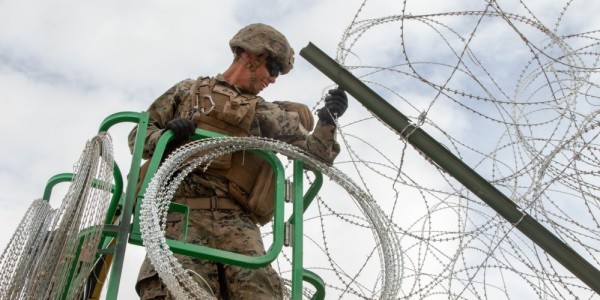For years, the Pentagon sat on a 2017 survey showing that nearly a third of Black service members who responded had experienced racism and few troops had faith in the process of officially reporting racism.
Only after Reuters reporter Phil Stewart first revealed in December that the Defense Department had buried the survey results in the bowels of the Pentagon did the military finally release it.
Upon reading the recently released, and lengthy 300-page report, it immediately becomes clear why the Pentagon kept the document buried for so long.
“Overall, about one in five active duty members (17.9%) indicated experiencing racial/ethnic harassment and/or discrimination in the 12 months prior to taking the survey,” according to a copy of the survey. “Black (31.2%) and Asian (23.3%) members were more likely to indicate experiencing Racial/Ethnic Harassment/ Discrimination than other active duty members, whereas White members (12.7%) were less likely.
“Overall, Total Minority (24.4%) members were more likely to indicate experiencing Racial/Ethnic Harassment/Discrimination, whereas White members (12.7%) were less likely.”
Moreover, the survey revealed that nearly a third of all service members did not have faith that their complaints about racial harassment and discrimination would be taken seriously if they filed an official report, according to the survey.
In fact, 30% of Black respondents and 22% of Asian respondents indicated they felt their chances for getting a promotion would be worse if they reported racial harassment and discrimination, the survey says.
“This is particularly problematic considering non-White military members are more likely to experience racial/ethnic harassment/discrimination, but also have less confidence in the complaint processes,” the survey says. “Thus, those who are the most vulnerable may be less likely to seek the help they need.”
Of those service members who indicated they had officially reported being the target of racism, only 33% felt their privacy was adequately protected and just 26% were satisfied with the reporting process overall, according to the survey.
Only 39% of respondents indicated they knew the actual results of their complaints, of which only 25% of service members were satisfied with the outcome, according to the survey.
“Those who report endorse low levels of satisfaction with the reporting process, often do not know the outcome of their report, and do not see the situation being corrected,” the survey says.
In a lengthy response to the initial Reuters story, a Defense Department spokesman acknowledged the survey’s findings that more than 30% of Black service members who responded indicated they had experienced racial harassment or discrimination.
“These problematic behaviors violate a service member’s basic human dignity and jeopardize readiness of our military units; this misconduct is intolerable,” said Army Maj. César Santiago. “Every incident of harassment or other impermissible discrimination is an affront to the Department’s values.”
Santiago noted that the military has taken a number of steps recently to fight racism, including approving recommendations from a Defense Department report on diversity. That report also found that the U.S. military does not do enough to track white supremacists within the ranks.
Some of the reasons why the survey was not released until recently include the following: It was not completed until 2018; it included a new metric on racial and ethnic experiences that took longer to appropriately analyze; and the release was delayed to allow the Defense Department to conduct an internal review that looked at the survey’s preliminary results, Santiago said.
“We understand the importance of timely transparency and recognize how the release of the 2017 data does not meet that standard of timeliness,” Santiago said. “The DoD has actions in place to ensure more timely release of racial/ethnic data in the future.”
Featured image: Troops stand for the national anthem during a naturalization ceremony at Kandahar Airfield, Afghanistan, March 1, 2013. (Photo by Sgt. Bobby J. Yarbrough)
The full report on the 2017 Workplace and Equal Opportunity Survey can be downloaded below:

























